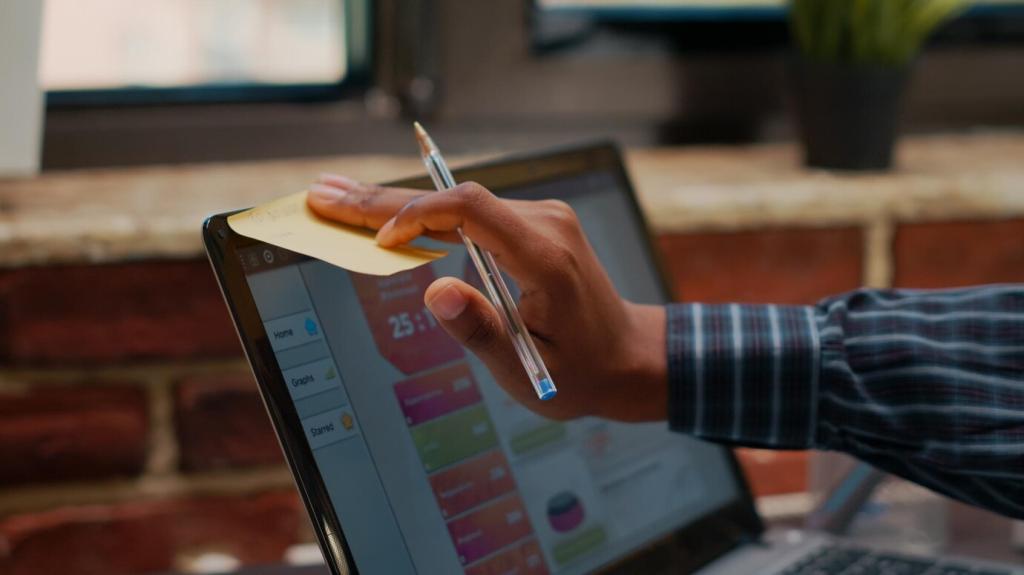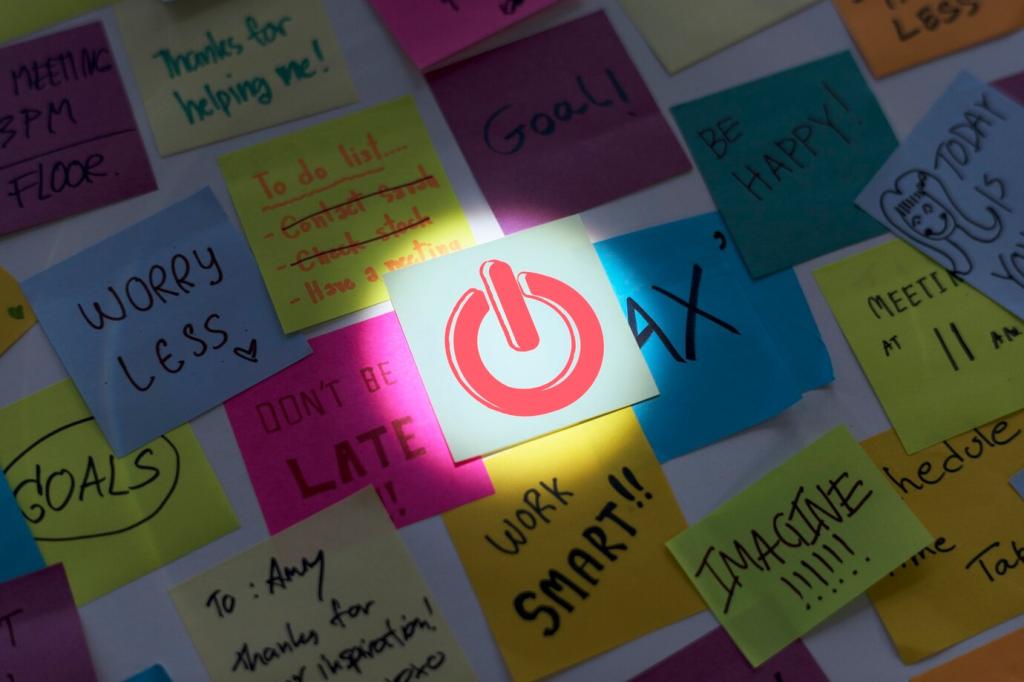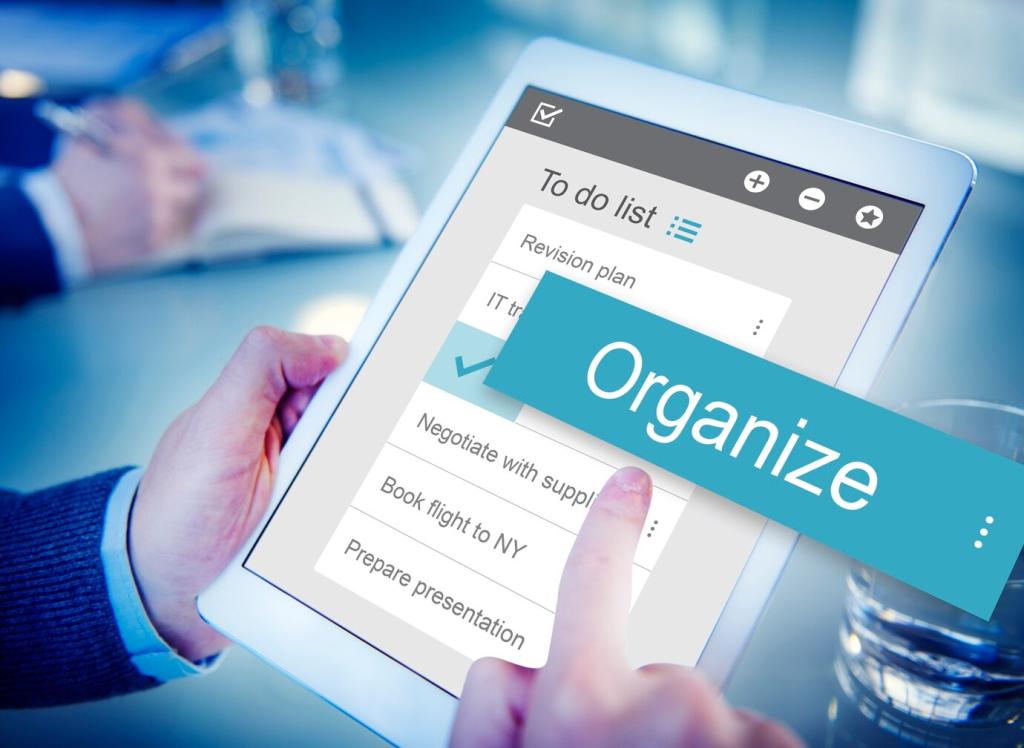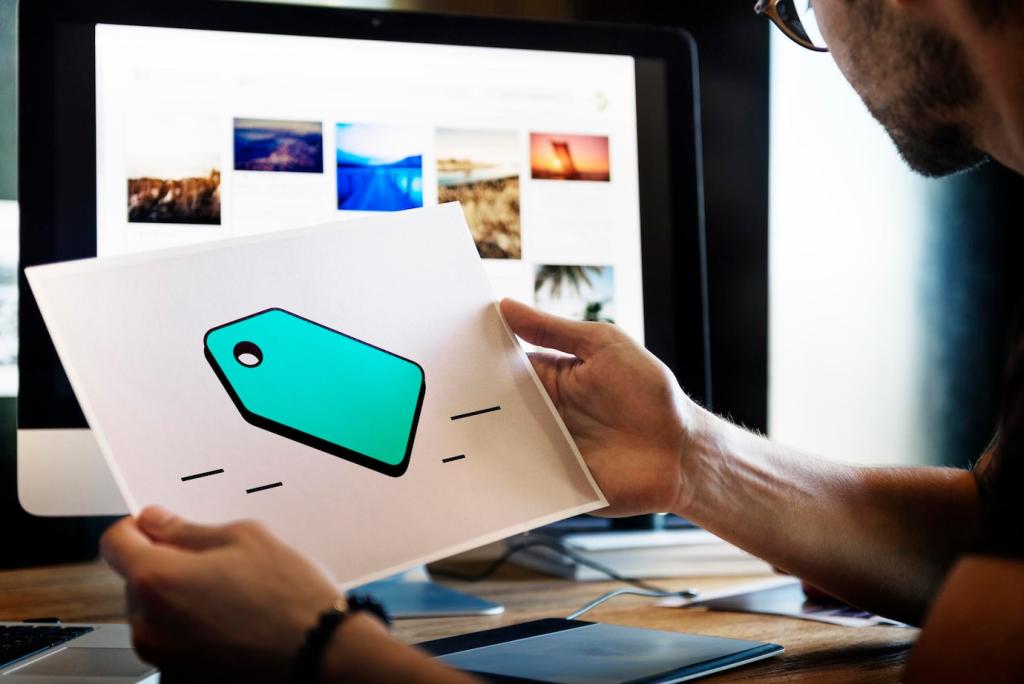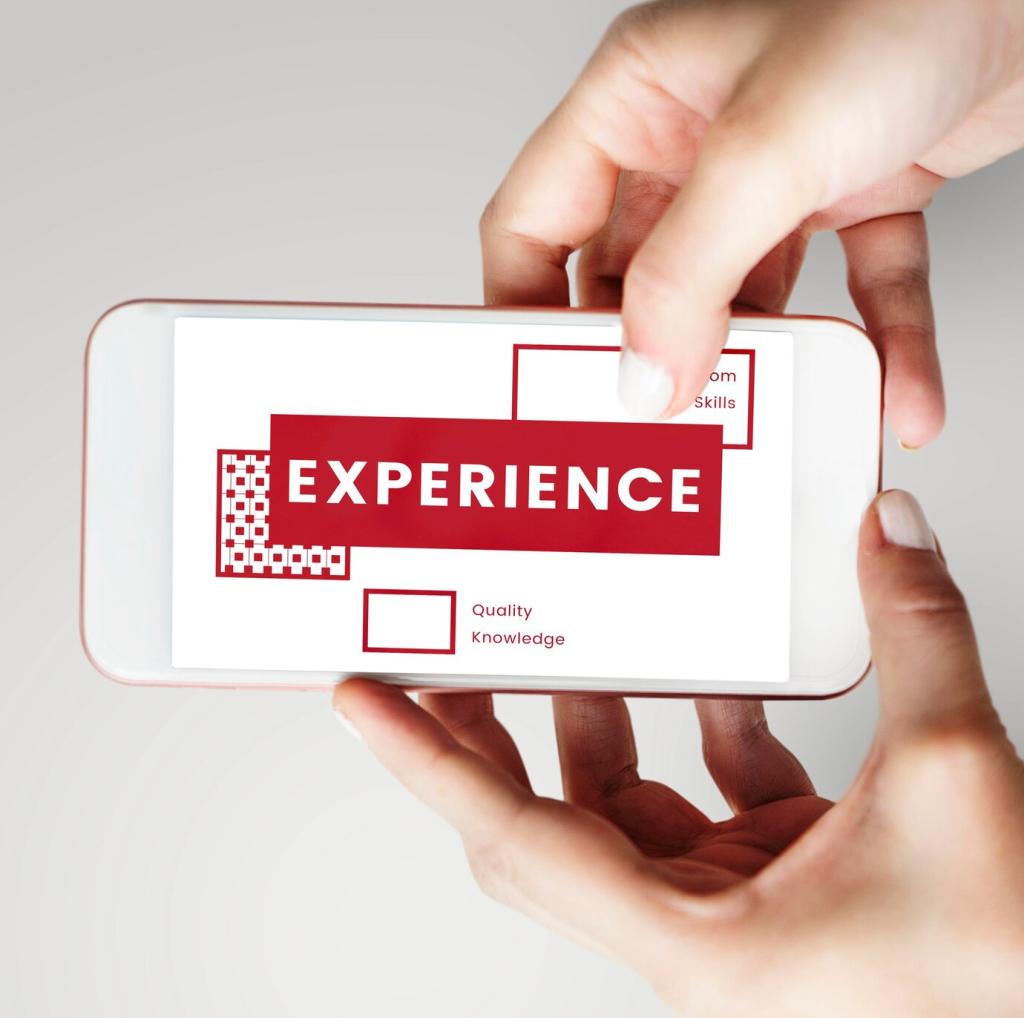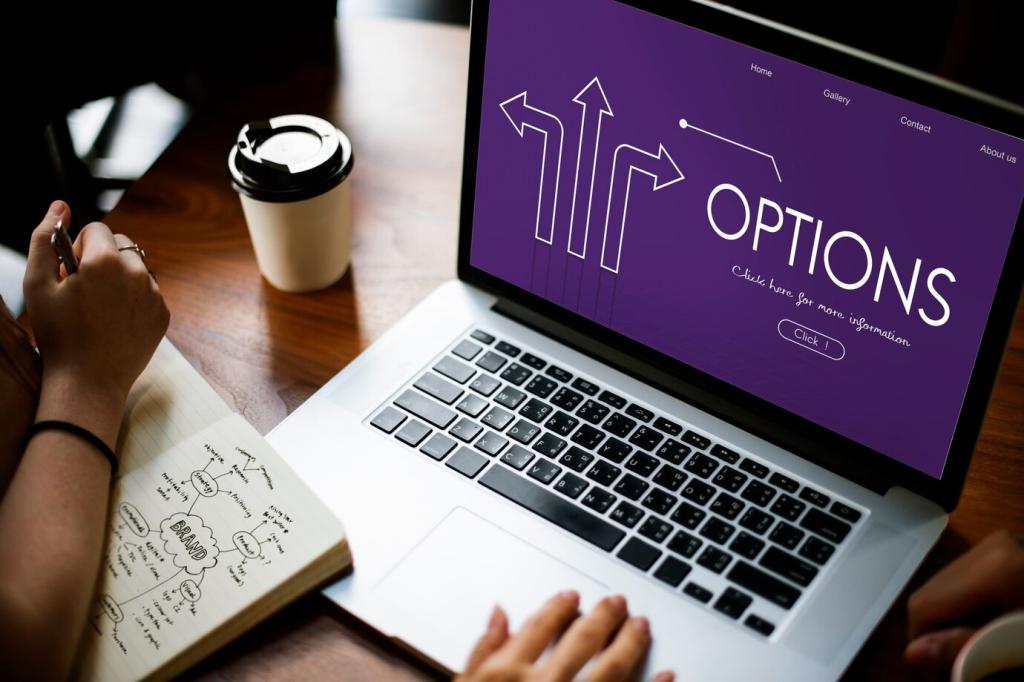Testing with Real People and Useful Tools
Run complete flows with VoiceOver and TalkBack, try external keyboards, and test one-handed use in bright light. Manual exploration uncovers context issues automation misses. Post a short test script you use, and we’ll suggest additions for broader coverage.
Testing with Real People and Useful Tools
Integrate platform accessibility scanners and linters into CI to flag missing labels, insufficient contrast, and small targets. Treat findings as actionable, not optional. Share your build pipeline and we will recommend tools or thresholds that fit your team’s workflow.
Testing with Real People and Useful Tools
Recruit participants with diverse disabilities, compensate fairly, and test real tasks on real devices. Close the loop by shipping fixes quickly and reporting back. Join our newsletter to receive research prompts, and volunteer your app for a community accessibility teardown.


